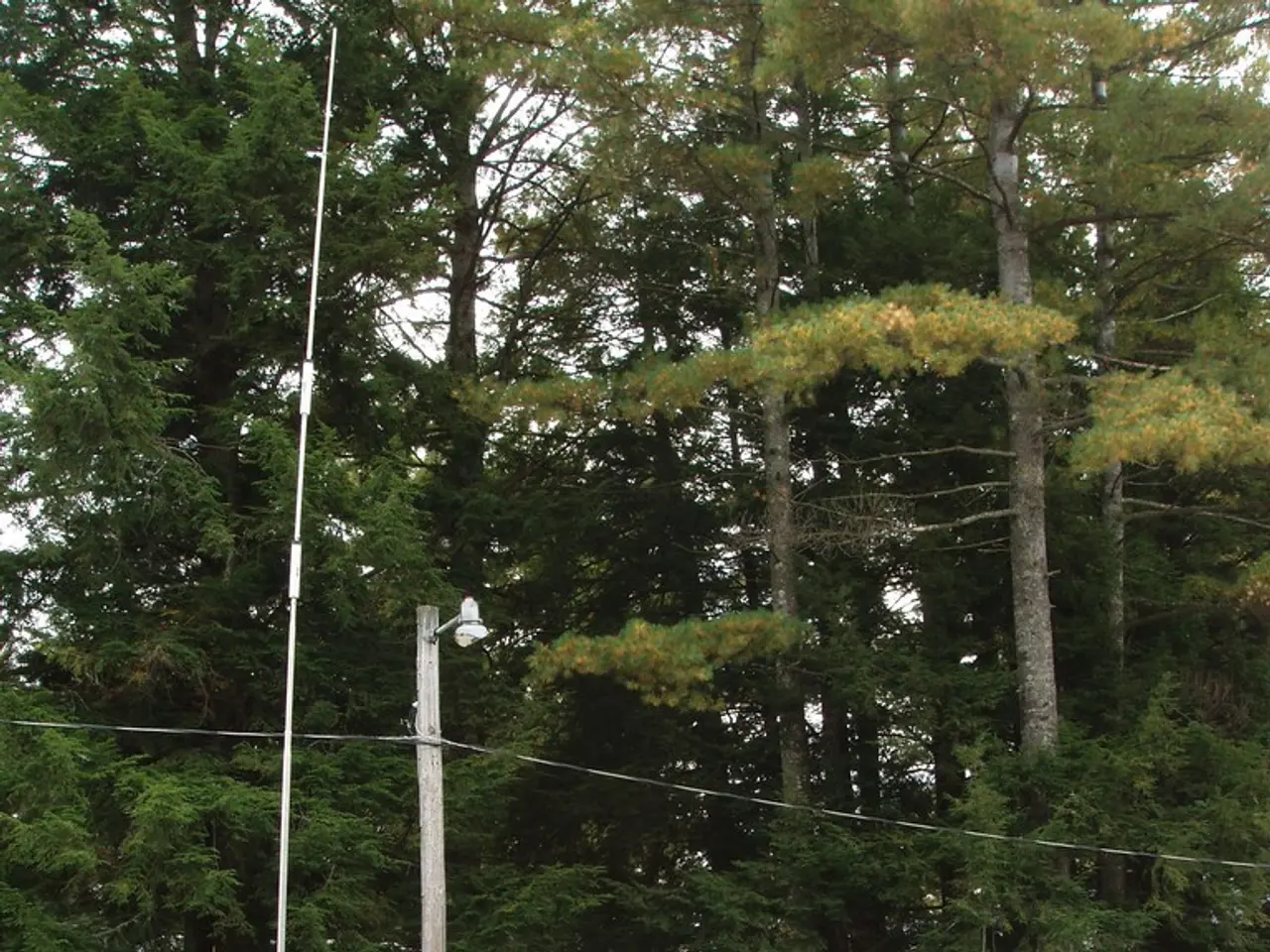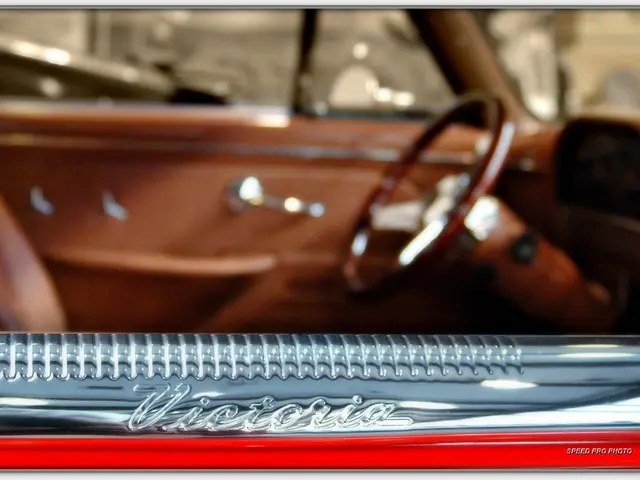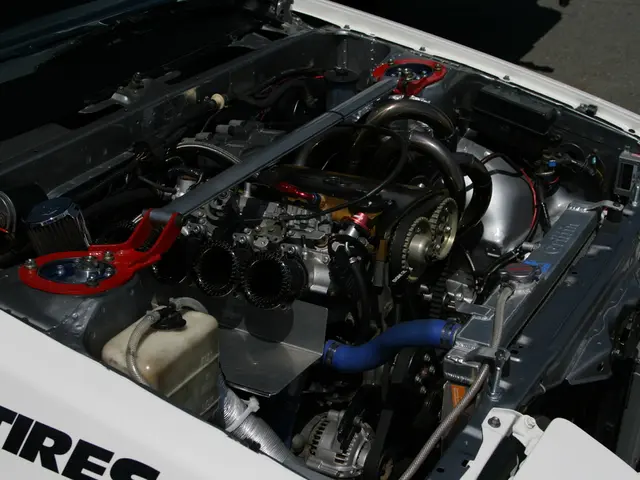Solar energy for cars: comprehensive guide
Solar Power for Caravans: A Guide to Off-Grid Travel
Solar panels are becoming increasingly popular for powering caravans during off-grid travel. Here's a breakdown of how this system works and its benefits.
How it Works
Solar panels on a caravan absorb sunlight using photovoltaic (PV) cells, typically mounted on the roof or as portable units. These cells convert sunlight directly into electrical energy (DC electricity), which is then regulated by a charge controller to safely charge the caravan’s leisure battery. This battery stores the electricity for use in powering appliances, lighting, water pumps, and charging devices while off-grid, providing free, renewable energy for travel without relying on external power sources.
Key Components
- Energy Capture: Solar panels absorb the sun’s rays and convert solar energy into direct current (DC) electrical power via photovoltaic cells embedded in the panels.
- Charge Regulation: A charge controller manages the electrical current flowing from the panels to the caravan battery, preventing overcharging and prolonging battery life.
- Energy Storage: The generated electricity is stored in a leisure battery (often 12V DC), making it available even when the sun isn’t shining, such as at night or during overcast weather.
- Power Delivery: The stored DC power can run typical caravan equipment such as lights, pumps, and small appliances. If you need to operate 120V AC appliances (like a coffee maker), an inverter converts the DC battery power to AC electricity.
Benefits
- Off-grid capability: Enables camping at remote locations without electric hook-ups while still powering essential devices.
- Battery maintenance: Keeps the leisure battery topped up and healthy, reducing deep discharge and extending battery life, including during storage periods.
- Security: Ensures vehicle security systems remain powered even when the caravan is unattended for long times, preventing battery drain that could disable alarms and trackers.
- Renewable & quiet: Offers a clean, quiet energy source that reduces reliance on noisy generators or campsite electricity.
Considerations
- When buying a solar panel system, consider the build quality, waterproof ratings, and system’s warranty.
- Polycrystalline panels are slightly less efficient, but can be a cost-effective option, especially if budget is a priority.
- Monocrystalline solar panels use high-purity silicon and are generally more efficient, particularly in lower light conditions.
- A sizeable panel and quality charge controller can maintain the battery’s health over time, reducing the likelihood of deep discharge and prolonging battery life.
- Flexible panels are lighter and slimmer, and can contour to the shape of the roof, making them more discreet and easier to install.
- Solar power output, measured in watts (W), indicates how much electricity a panel can produce under ideal conditions. For caravanning purposes, panel sizes typically range from 50W to 200W.
Conclusion
In summary, the system captures sunlight, converts it to DC electricity, regulates and stores it in a leisure battery, and supplies power to caravan appliances, enabling free and renewable energy for independent, off-grid travel. Although there's an upfront cost, over time a solar panel can save money by reducing reliance on paid hook-ups and potentially extending the life of the leisure battery. Opt for a reputable dealer for the best products, prices, and after-sales service, and enjoy the benefits of sustainable, off-grid travel.







